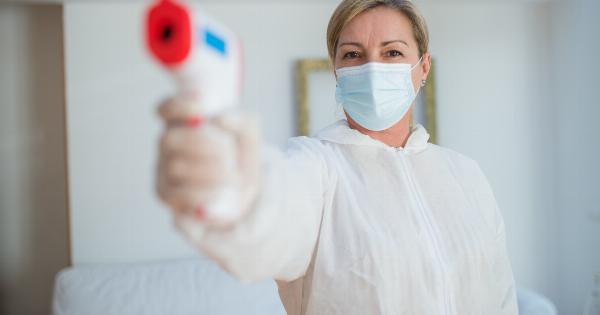Sexually transmitted diseases (STDs), also known as sexually transmitted infections (STIs), are common but often not talked about enough. Left untreated, they can lead to serious health problems.
Yet, many women are reluctant to discuss STDs or related symptoms with their healthcare provider.
STDs are infections that are spread through sexual contact with an infected person. This can include vaginal, anal, or oral sex. Some STDs can also be transmitted through skin-to-skin contact.
Women who are sexually active should be aware of the symptoms of STDs and seek medical attention if they experience any of the following:.
1. Painful Urination
Pain or discomfort during urination is a symptom of several STDs. This may be accompanied by a frequent urge to urinate, cloudy urine, or blood in the urine.
Painful urination is often a sign of a urinary tract infection, but can also indicate an STD such as gonorrhea or chlamydia.
2. Abnormal Vaginal Discharge
Normal vaginal discharge is clear or white and may be thin or thick. Abnormal vaginal discharge may be yellow, green, or gray and have a foul odor. It may be accompanied by itching, burning, or irritation.
These symptoms can be a sign of an STD such as trichomoniasis, gonorrhea, or chlamydia.
3. Painful Intercourse
Pain or discomfort during intercourse can be a sign of an STD. This may also be accompanied by vaginal dryness or itching. Painful intercourse can be a symptom of genital herpes or pelvic inflammatory disease (PID).
4. Sores or Bumps on the Genitals
Sores, bumps, or blisters on the genitals, anus, or mouth are a symptom of several STDs such as herpes or syphilis. These may be painful or itchy, and may occur in clusters or as a single sore. Sores may also be accompanied by swollen lymph nodes.
5. Lower Abdominal Pain
Lower abdominal pain may be a symptom of several STDs such as PID or gonorrhea. This pain may be sharp or dull, and may be accompanied by fever, nausea, or vomiting.
Lower abdominal pain should be evaluated by a healthcare provider as it can be a sign of a serious condition.
6. Bleeding Between Periods
Bleeding between periods or after sex can be a sign of an STD such as chlamydia or gonorrhea. This bleeding may be light or heavy and may also be accompanied by lower abdominal pain. Bleeding between periods should be evaluated by a healthcare provider.
7. Itching or Burning
Itching or burning in the genital area can be a symptom of several STDs such as trichomoniasis or a yeast infection. These symptoms may also be accompanied by abnormal vaginal discharge or pain during urination.
8. Rectal Symptoms
STDs can also be transmitted through anal sex. Rectal symptoms such as pain, itching, or bleeding can be a sign of an STD such as gonorrhea or chlamydia.
Women who engage in anal sex should be aware of these symptoms and seek medical attention if they occur.
In conclusion, women who are sexually active should be aware of the symptoms of STDs and seek medical attention if they experience any of the above symptoms. Early detection and treatment of STDs can prevent further health complications.






























